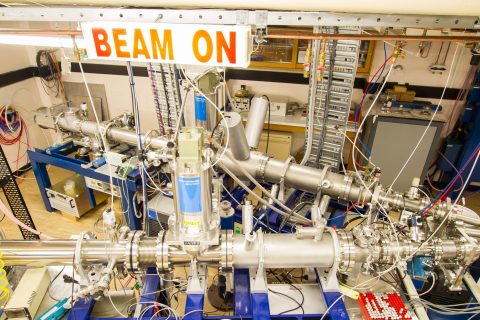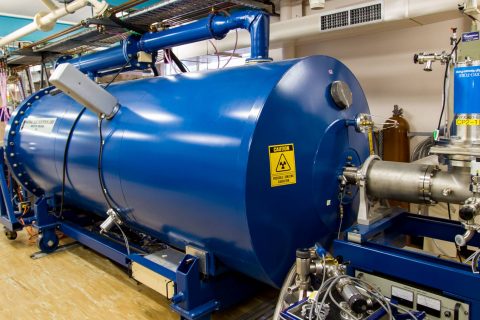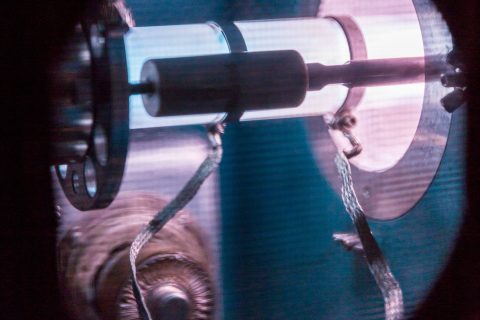 The Australian Facility for Advanced ion implantation Research (AFAiiR) provides ion implantation and ion beam analysis services to Australian and international researchers, supporting activities in fields including materials science, quantum computing, photovoltaics and electrical engineering. AFAiiR is funded by the Australian Government through the National Collaborative Research Infrastructure Scheme (NCRIS) and is hosted at the Australian National University by the Department of Electronic Materials Engineering in the Research School of Physics.
The Australian Facility for Advanced ion implantation Research (AFAiiR) provides ion implantation and ion beam analysis services to Australian and international researchers, supporting activities in fields including materials science, quantum computing, photovoltaics and electrical engineering. AFAiiR is funded by the Australian Government through the National Collaborative Research Infrastructure Scheme (NCRIS) and is hosted at the Australian National University by the Department of Electronic Materials Engineering in the Research School of Physics.
AFAiiR hosts three accelerators: the High Energy and Low Energy Implanters and a Rutherford Backscattering Spectrometry (RBS) system.
The High Energy Implanter features a 1.7MV tandem Pelletron® accelerator incorporating a 100kV injector with a SNICS II negative ion sputter source. Used for implanting ions in the energy range 15-100keV (using the injector only) and 200keV to several MeV (depending on selected ion charge state).
The Low Energy Implanter features a 150kV accelerator with a SNICS II negative ion sputter source. Used for ion-implanting materials with energetic ions in the energy range 10keV to 150keV. Temperature controlled implant stages may be used on either implant to process samples from 77K to 700K during implantation.
The Rutherford Backscattering Spectrometry (RBS) system features a 1.7MV tandem Pelletron® accelerator incorporating a 60kV injector with an Alphatross ion source. This system is used for ion-beam analysis of materials with energetic He+ and H+ beams (typically 1-3 MeV). Standard techniques include Rutherford backscattering and channelling analysis (RBS-C) and Elastic Recoil Detection Analysis (ERDA) for hydrogen profiling.
AFAiiR’s main areas of competence:
- Ion beam modification of materials
- Ion beam analysis by Rutherford Backscattering Spectroscopy
- Profiling H by Elastic Recoil Detection
Photos:
Address:
Research School of Physics & Engineering Accelerator Building, Garran Road
The Australian National University
Postal address:
AFAiiR, Department of Electronic Materials Engineering
Research School of Physics & Engineering
Building #60, Mills Road
The Australian National University
Canberra ACT 2601
Australia


